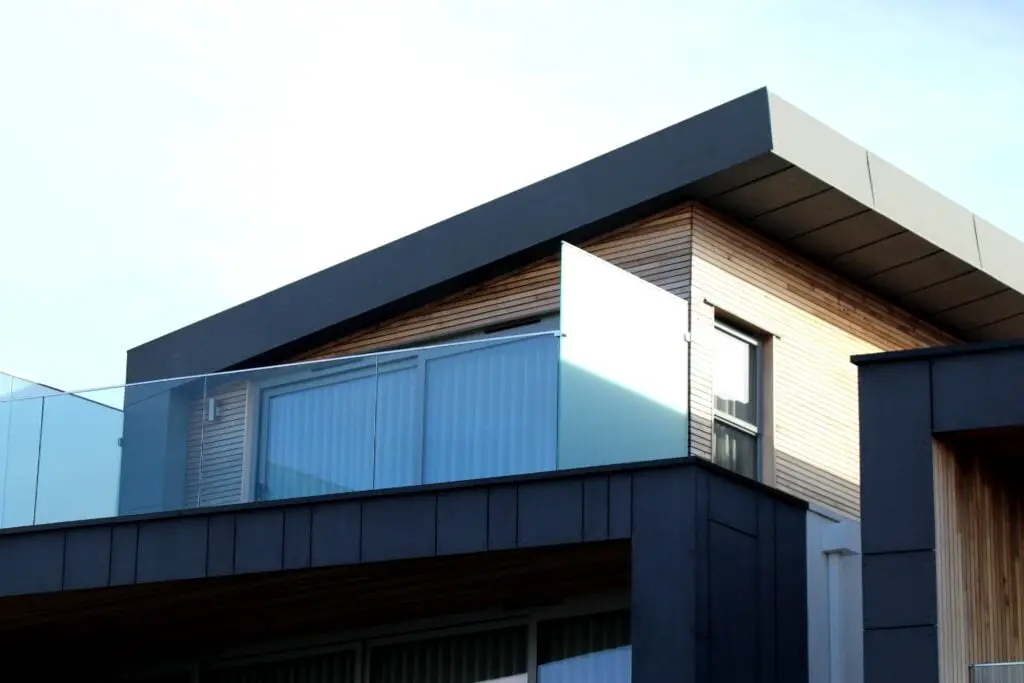In the tropical climate of the Philippines, where the sun shines all year round and temperatures can soar to uncomfortable levels, having proper roof insulation is crucial. Roof insulation acts as a protective barrier, minimizing heat transfer and keeping the interior spaces of a building cool and comfortable.
In this article, we will explore the importance and benefits of roof insulation in the Philippines, considering both residential and commercial applications.
1. Thermal Comfort
The primary purpose of roof insulation is to enhance thermal comfort within a building. The Philippines experiences high temperatures and humidity, making it challenging to maintain a comfortable indoor environment. With proper insulation, the heat gained from the sun is significantly reduced, preventing it from permeating into the living or working spaces below. As a result, the interior stays cooler, reducing the reliance on air conditioning units and improving overall comfort.
2. Energy Efficiency
Roof insulation plays a crucial role in promoting energy efficiency. By preventing the transfer of heat from the roof to the interior, insulation reduces the need for excessive cooling, leading to a significant decrease in energy consumption. In a country like the Philippines, where electricity costs are relatively high, effective insulation can result in substantial savings on energy bills, making it a worthy investment for homeowners and businesses alike.
3. Reduced Carbon Footprint
Reducing energy consumption not only benefits individuals financially but also contributes to a greener environment. By minimizing the reliance on air conditioning units and other cooling systems, roof insulation helps reduce the carbon footprint associated with excessive energy usage. By opting for insulation, individuals can actively participate in mitigating climate change and promoting sustainable living.
4. Moisture Control
In addition to heat, roof insulation also provides effective moisture control. The Philippines experiences heavy rainfall and high humidity levels, which can lead to moisture-related issues such as mold, mildew, and rot. Insulation acts as a barrier against moisture infiltration, preventing it from seeping into the interior spaces and causing damage. This protection helps preserve the structural integrity of the building and ensures a healthier living or working environment for occupants.
5. Noise Reduction
Roof insulation also offers acoustic benefits by reducing external noise transmission. In urban areas or near busy roads, excessive noise pollution can be a significant concern. Insulation materials with soundproofing properties can effectively dampen external noise, creating a more peaceful and serene indoor environment. This feature is particularly advantageous for homes, offices, schools, and other establishments located in noisy areas.
6. Long-Term Savings
Investing in roof insulation may require an upfront cost, but it offers long-term savings that outweigh the initial expenses. With reduced energy consumption, lower maintenance costs due to minimized moisture damage, and extended lifespan of cooling systems, insulation proves to be a cost-effective solution in the long run. Additionally, it adds value to the property, making it an attractive feature for potential buyers or tenants.
Conclusion
In a country like the Philippines, where hot and humid weather conditions persist, roof insulation is essential for maintaining a comfortable and energy-efficient living or working environment. The benefits of roof insulation, including enhanced thermal comfort, energy efficiency, reduced carbon footprint, moisture control, noise reduction, and long-term savings, make it a worthwhile investment for both residential and commercial buildings. By prioritizing roof insulation, individuals can enjoy the comfort, sustainability, and cost savings it offers, contributing to a better quality of life and a more sustainable future.
To see other material construction prices, please see here.
To know other construction guides, tips, and methodology for beginners, veterans, and contractors, please see here.

